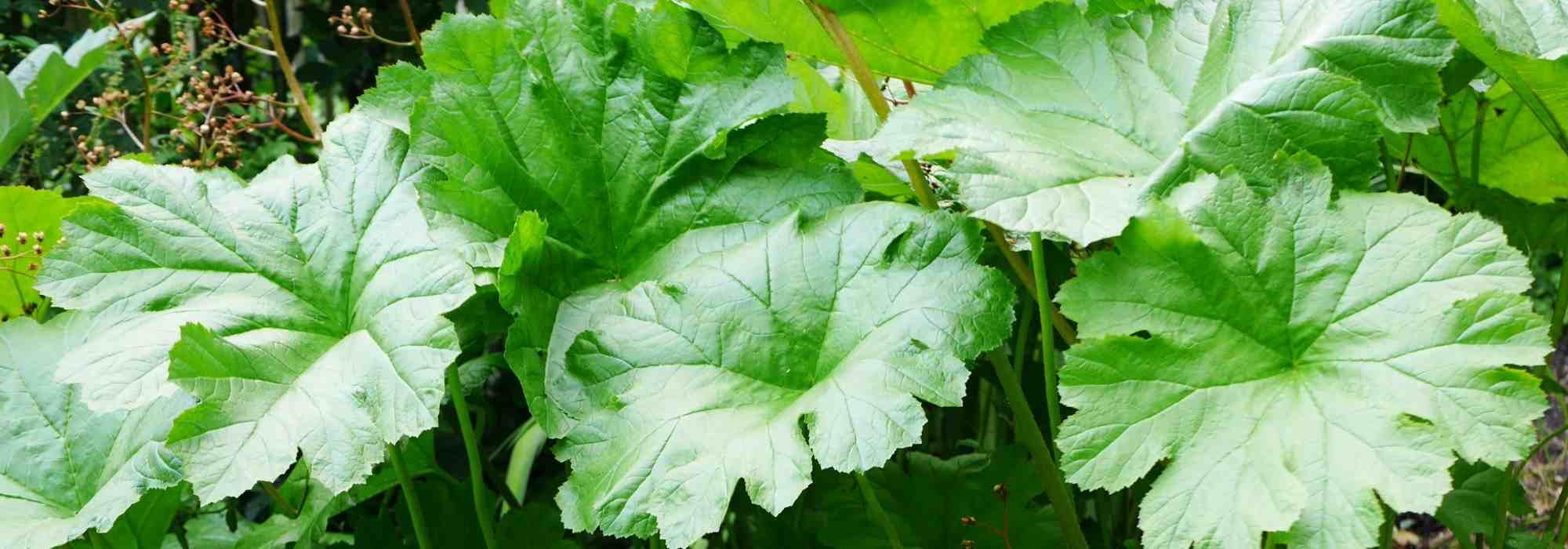
5 large-leaved perennials
Our selection of perennials with very large leaves
Contents
Giant foliage is the king of lush flowerbeds that we appreciate for creating exotic-style gardens. While XXL foliage can be found in bushes and certain trees, many perennial plants also possess it. Aside from the giant water lily Victoria Amazonica, with leaves up to 3 m wide, which can only be grown in large greenhouses in our latitudes, large-leaved perennials prove to be the beauties of the shade. They have increased their foliar surface area to facilitate photosynthesis in low-light conditions, as these plants typically grow in mountainous undergrowth or originate from tropical regions. Incredible umbrella plants, also known as umbrella plants in some cases, these giant perennials fascinate with their dissected laminae and spectacular appearance. Often disappearing completely in the dormant season, they require cool to moist soil, a shaded to partially shaded exposure, and will develop foliage that meets your expectations under these conditions.
Here is a selection of large-leaved perennial plants, more astonishing than the last, to adopt without delay in your exotic flowerbeds!
Gunnera manicata: an exceptional plant with tropical accents
Imperial, oversized, and exuberantly delightful... the Gunnera manicata tops this selection, far surpassing other perennials (as it certainly is one!) with its unique and spectacular dimensions. You have likely spotted this Brazilian rhubarb flaunting itself in a Botanical Garden or in parks near a body of water. The Gunnera manicata indeed offers immense palmatilobate leaves (over 1 m in diameter), which are truly beautiful. This giant rhubarb is impressive not only for the structural silhouette that its foliage gives to this perennial but also for the very texture of its leaves, rough and crinkled. You will need to have a large garden to grow it, as it will be quite imposing once mature: while it easily reaches 3 m in height in its native habitat, it still approaches 2 metres in height here, or even more under optimal growing conditions. This giant perennial, unlike the large foliage in this selection, requires rather full sun or light shade. The Gunnera manicata will need mulching in the less clement regions, as its South American origins mean it suffers at temperatures below -10 °C when young. By using its large leaves as winter protection, this mulching will be truly effective, and the plant will thrive again in the warmer days.
Use the Gunnera manicata as a focal point around a pond, or in a waterlogged area of the garden, which it will enhance like no other plant. Do not confuse it with the Tetrapanax papyrifera, or rice paper plant, which, although similar, remains evergreen in mild climates, has softer and smoother leaves, and develops a trunk, hence its classification among bushes.
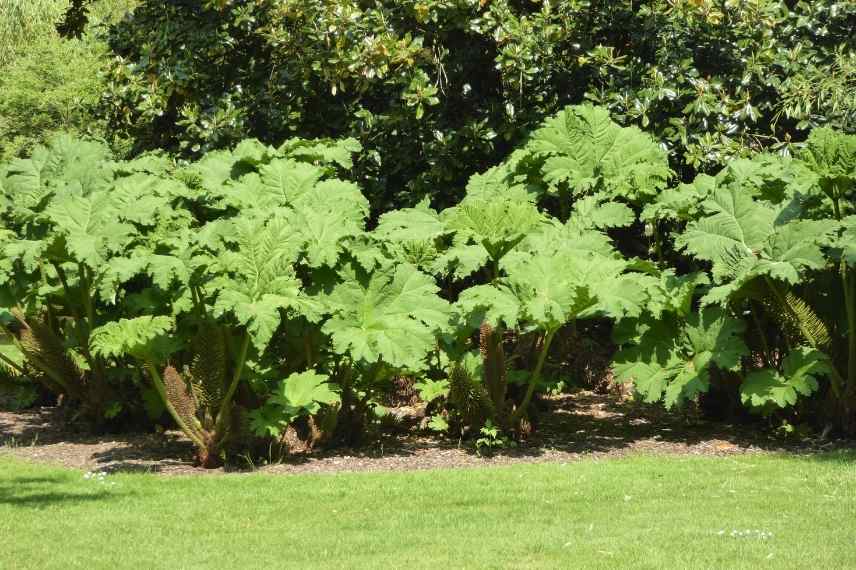
Gunnera manicata at the Botanical Garden of Angers (© Gwenaëlle David)
→ Learn more with our complete guide on the Gunnera, 5 ideas for pairing with Gunnera, and Oliver’s video on the giant rhubarb from Brazil.
Astilboides tabularis: The umbrella plant
Rodger’s shield, another name for Astilboides tabularis, gives us a good idea of the impressive visual of this sublime perennial with the appearance of a giant umbrella. Native to the temperate forests of North East China, the Astilboides tabularis is among the perennials with the largest leaves, measuring between 60 and 70 cm in diameter. The leaves are round, palmatilobate, and borne on stems that can reach up to 1 m in height. This perennial, which has thick rootstocks, is extremely hardy and can truly grow anywhere, as long as the sun does not damage its foliage.
As with many plants where the foliage is the main attraction, the flowering of Astilboides is not particularly interesting; small cream flowers appear in June. Slow-growing, an Astilboides tabularis will reach its full splendour after 3 to 4 years in a shaded garden, under the cover of trees, as a specimen plant or at the edge of a border, and of course, it can also be used as an ornamental feature in ponds or along banks.
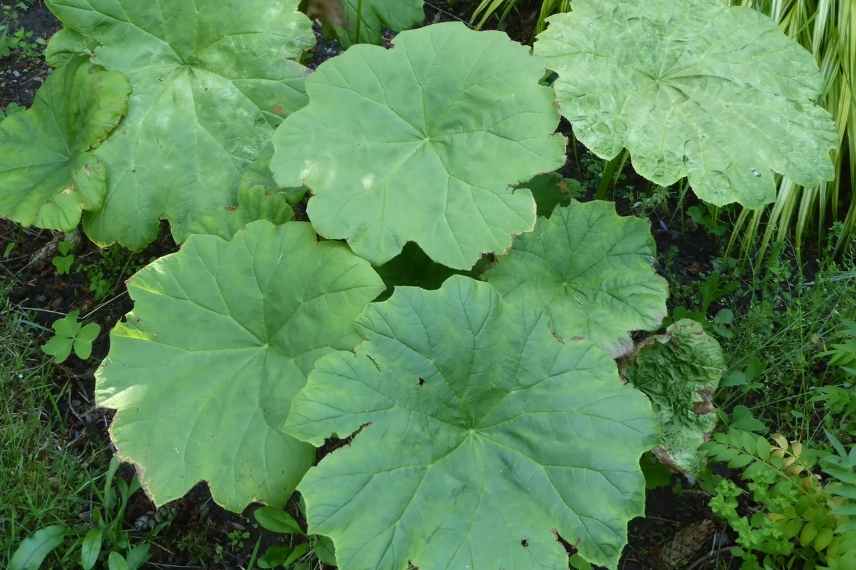
Astilboides tabularis (© Gwenaêlle David)
Discover other Perennials
View all →Available in 1 sizes
Available in 0 sizes
Available in 1 sizes
Available in 1 sizes
Available in 1 sizes
Available in 2 sizes
Available in 1 sizes
Available in 1 sizes
Available in 2 sizes
Available in 1 sizes
Petasites japonicus var. giganteus: a vigorous giant
The giant Japanese Petasite is a perennial with impressive foliage, reaching a diameter of up to 80 cm, making quite an impact! The leaves are described as reniform (kidney-shaped, very characteristic), grey-green, and slightly dentate along the margin. They emerge from petioles that rise about 80 cm from the ground once the plant is well established. Flowering occurs in late winter, before the leaves appear, in the form of small yellow flowers.
Like the perennials in this selection, the Petasites japonicus var. giganteus requires very cool, even moist soil and a shaded to partially shaded exposure.
It works wonderfully as a waterside, pond, or planted in a large border where it will serve as an exuberant groundcover. However, it does have a slight drawback of significant suckering. You will need to control its potential spread by installing a rhizome barrier.
N.B.: Petasites hybridus is also very generous with its foliage, which will already measure between 50 cm and 1 m in diameter!
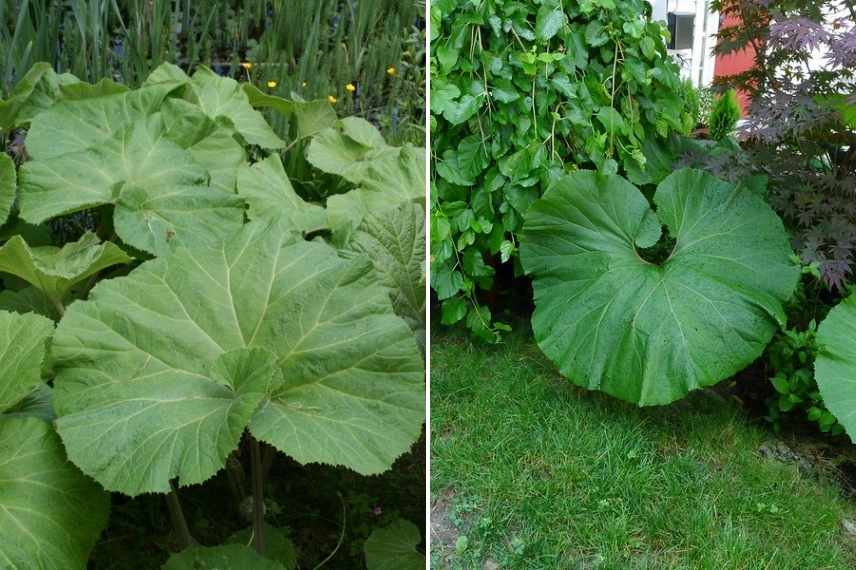
Petasites japonicus var. Giganteus and Petasites japonicus (© Alvin Kho)
→ Learn more about Petasites japonicus in our complete guide.
Farfugium japonicum giganteum: brilliant and generous
Here is another essential perennial when looking for a plant with large ornamental leaves. Also known as the panther plant, Farfugium japonicum giganteum (or ‘Gigantea’) stands out in this selection for its glossy, tough leaves, the persistence of its foliage down to -7 °C, a lovely round shape, and the presence of well-defined veins. It is a sort of Petasites in a glossy version with thicker leaves. The leaves of the giant Farfugium can measure up to 50 cm in diameter. Like the other perennials mentioned above, the Farfugium is a rhizomatous perennial that should be controlled and mulched in colder regions (the foliage disappears below -7 °C). It produces golden-yellow flowers in autumn, standing out amidst the foliage. This stunning shade-loving perennial creates impressive groundcovers in an XXL version. It allows for the composition of magnificent tropical scenes in cool, well-drained soil. You can also contain it by growing it in large pots, where it looks superb as well.
Just like the Petasites, the typical Farfugium (Farfugium japonicum) is smaller in size but still interesting, with leaf diameters approaching 30 cm.
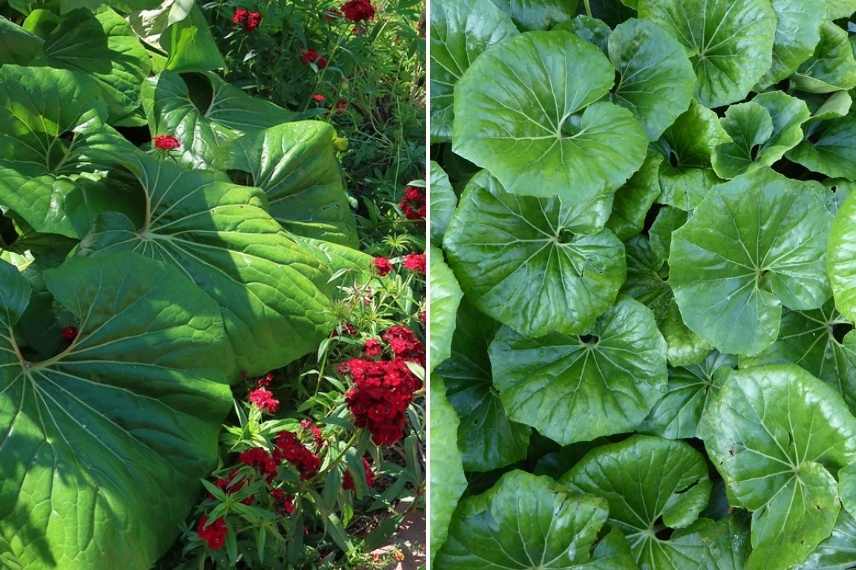
Farfugium japonicum ‘Gigantea’ on the left (© Cultivar 413) and Farfugium japonicum on the right (© Gwenaëlle David)
→ Learn more about Farfugium japonicum in our complete guide.
Darmera peltata: another ornamental rhubarb... Indian and aquatic
In the family of ornamental rhubarbs with large leaves, we find the spectacular Gunnera manicata, the Rheum palmatum… and the little cousin known as Indian – although American – Darmera peltata (this one belongs to the Saxifragaceae family). It also fully deserves its place in this selection, as its foliage is remarkable, shaped like an umbrella. It is a sort of miniature Gunnera: the leaves reach between 40 and 80 cm in diameter, they are round, strongly dentate and lobed. Just like the Brazilian rhubarb, its foliage is deciduous, but it takes on very beautiful autumn colours in Darmera peltata, turning red before falling. Its flowering is a lovely pale pink and appears before the leaves emerge from the ground. You will use it in very wet, even marshy areas, Darmera peltata being a semi-aquatic rhizomatous perennial (it hates dryness). Once well established, which takes little time if you plant it by the water’s edge, it will grow up to 1 m in height. A beautiful shade perennial to install in your aquatic gardens, throughout the hexagon as it is hardy!
→ Discover beautiful companion planting ideas with Darmera peltata in our advice sheet
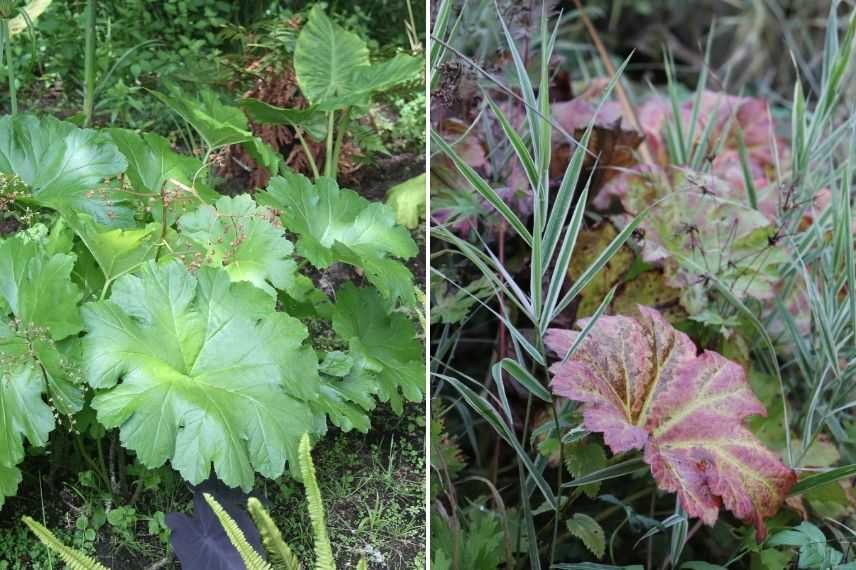
Darmera peltata
But also...
There are, of course, other perennials with XXL foliage that deserve to be planted to create a striking effect and contrast in foliage beds.
Among these large-leaved perennials, even if they are somewhat more modest in size, the everlasting Acanthuses stand out with their upright flowering spikes that provide as much spectacle as their superbly cut foliage. The Rodgersias should not be overlooked in lush bed designs, bringing fabulous shades of green, including sublime bronze greens, and palmate foliage up to 70 cm wide. In a decidedly jungle spirit, we can also count on Thyphoniums giganteum (or Sauromatum giganteum) with their very exotic spathe flowers, whose large leaves reach 60 cm in length, or Ligularia dentata, also shade plants, with bronze green foliage measuring 30 cm. Additionally, the Asarums or Asarets, a type of mini Farfugiums, with their glossy evergreen foliage used as groundcover remain a reliable choice, the giant Hostas with their incredible heart-shaped, veined foliage, and the Colocasias or Taro, so exotic in shades of light green to almost black purple. The Macleayas cordata, slightly less known, feature large, beautifully lobed leaves of elegant bluish green and feathery pink inflorescences that provide a lovely presence to the plant (however, they should be grown in sunny to semi-shaded conditions).
→ Discover our selection of 12 giant and imposing perennial plants
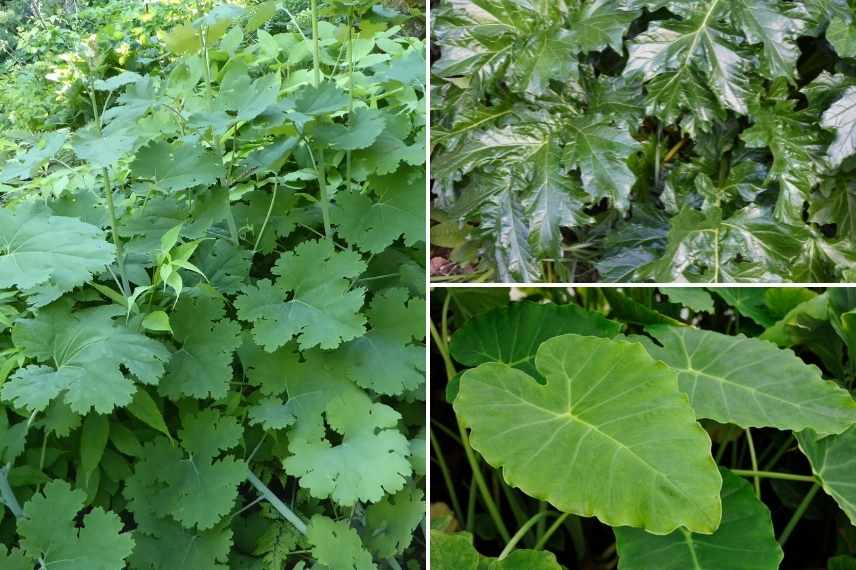
Macleaya cordata (© Gwenaëlle David), Acanthus mollis, Colocasia gigantea (© Megan Hansen)
Further reading...
With our dedicated sheets:
- Exotic bushes with lush foliage: for a garden that transports you!
- 10 exotic and hardy plants for a jungle garden
- When plants break records
- Subscribe!
- Contents
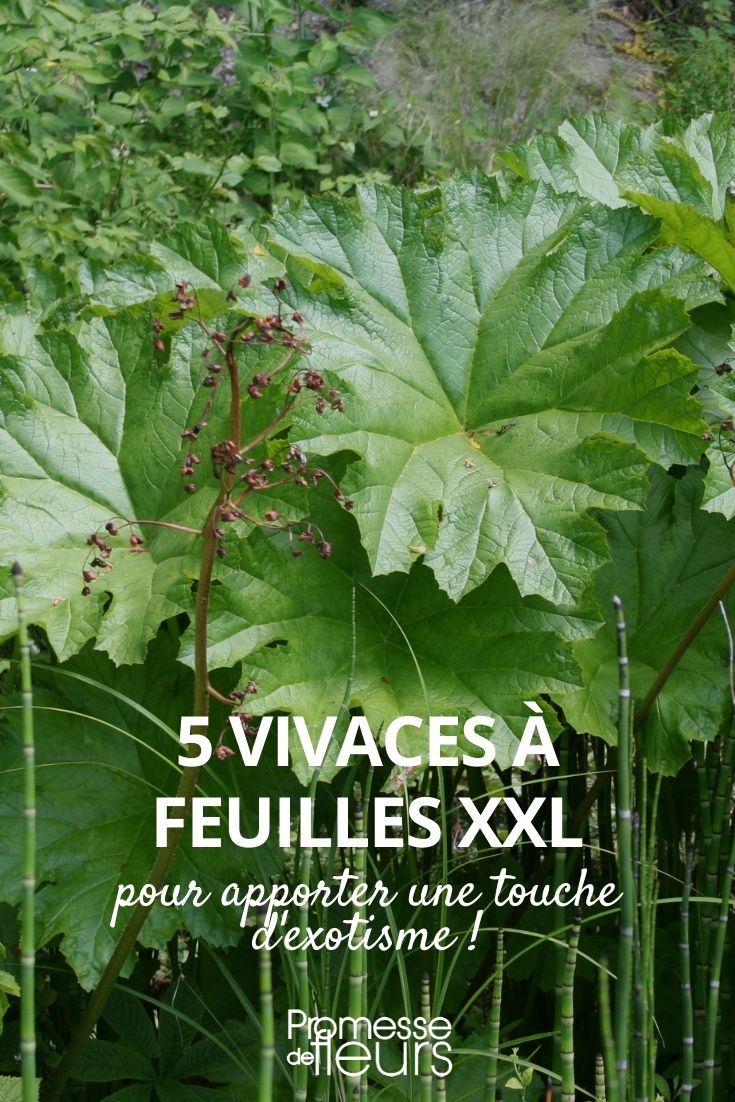































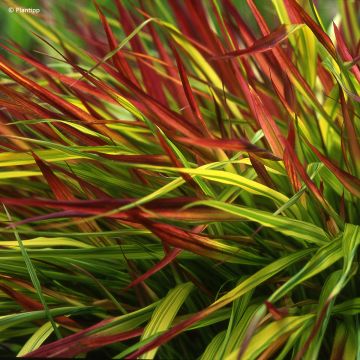
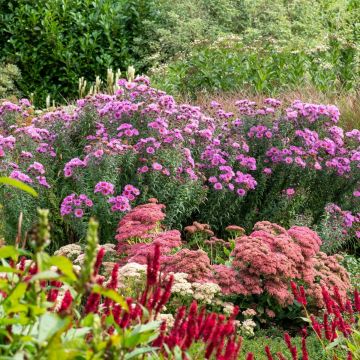
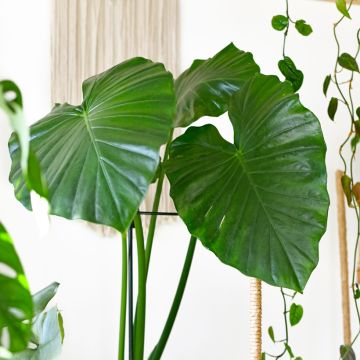
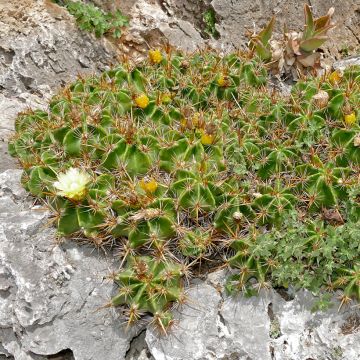
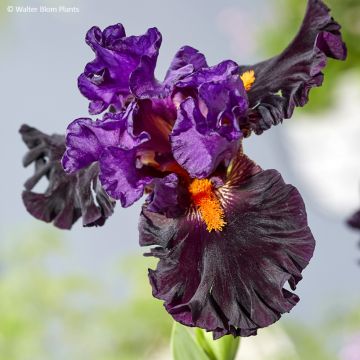
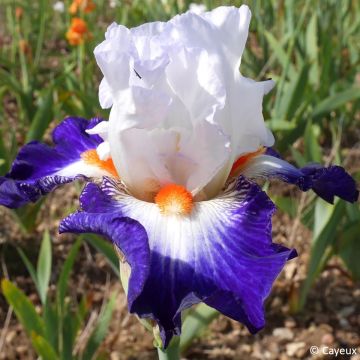
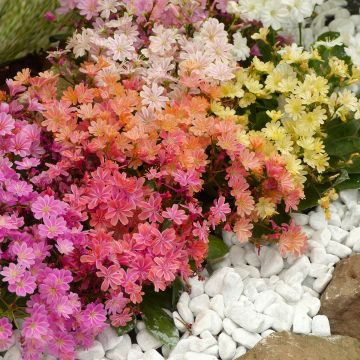
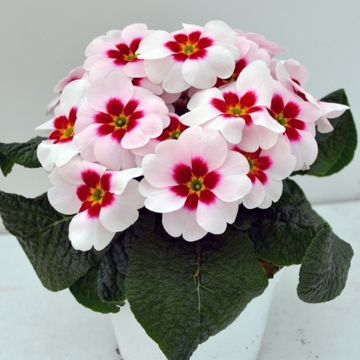
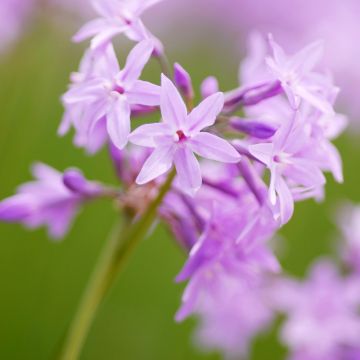
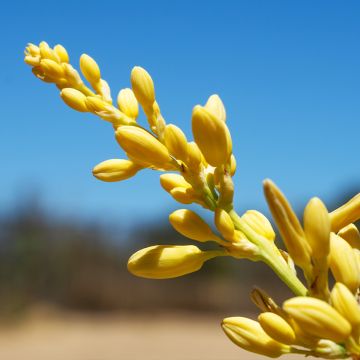
Comments